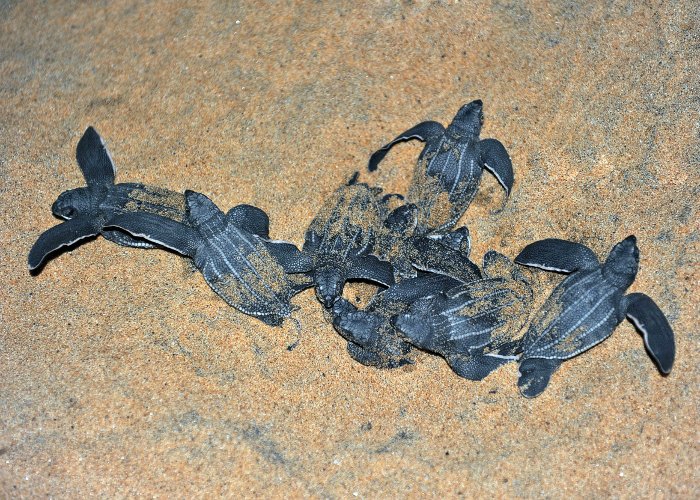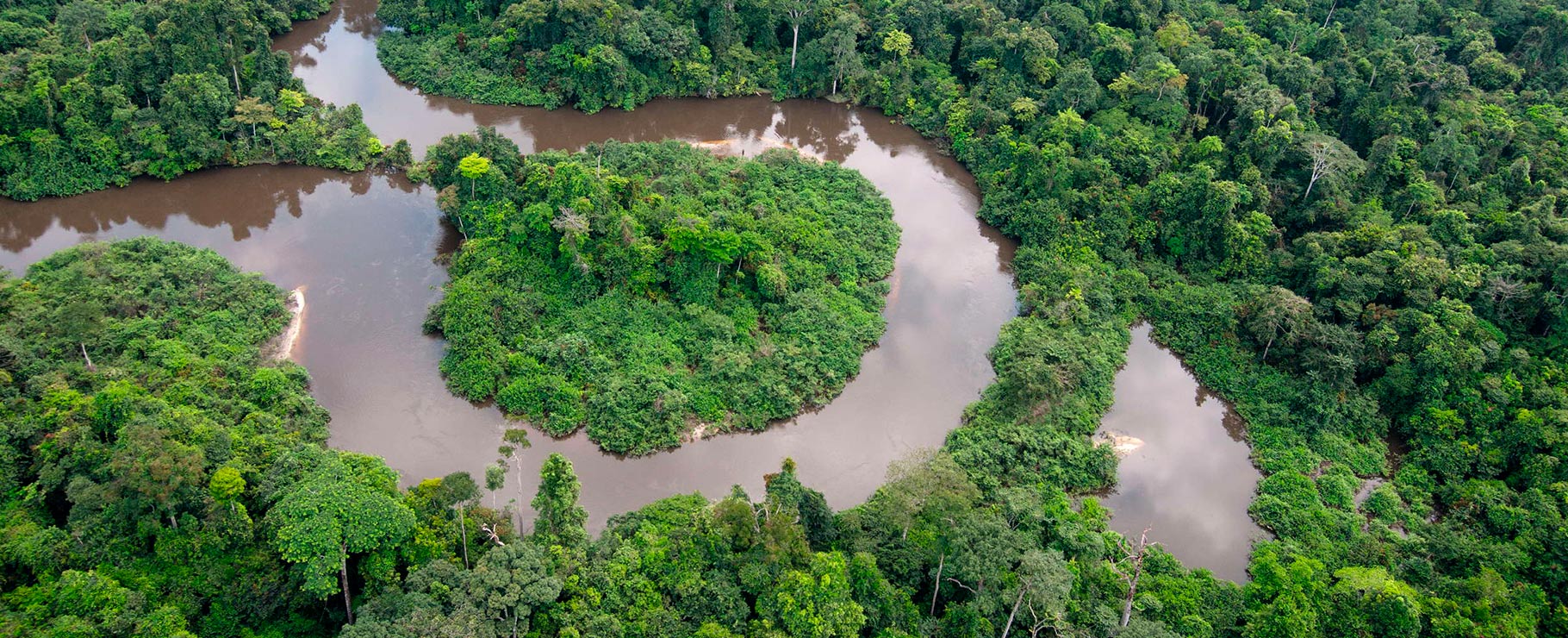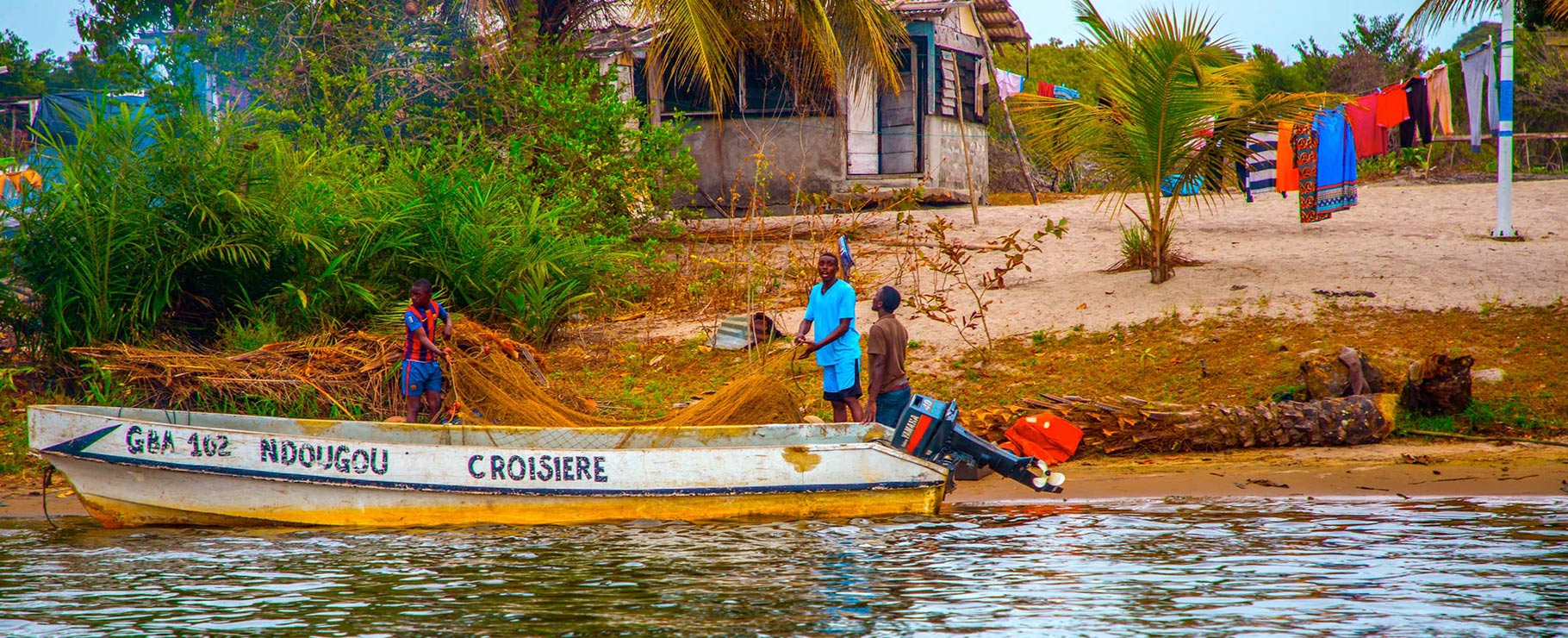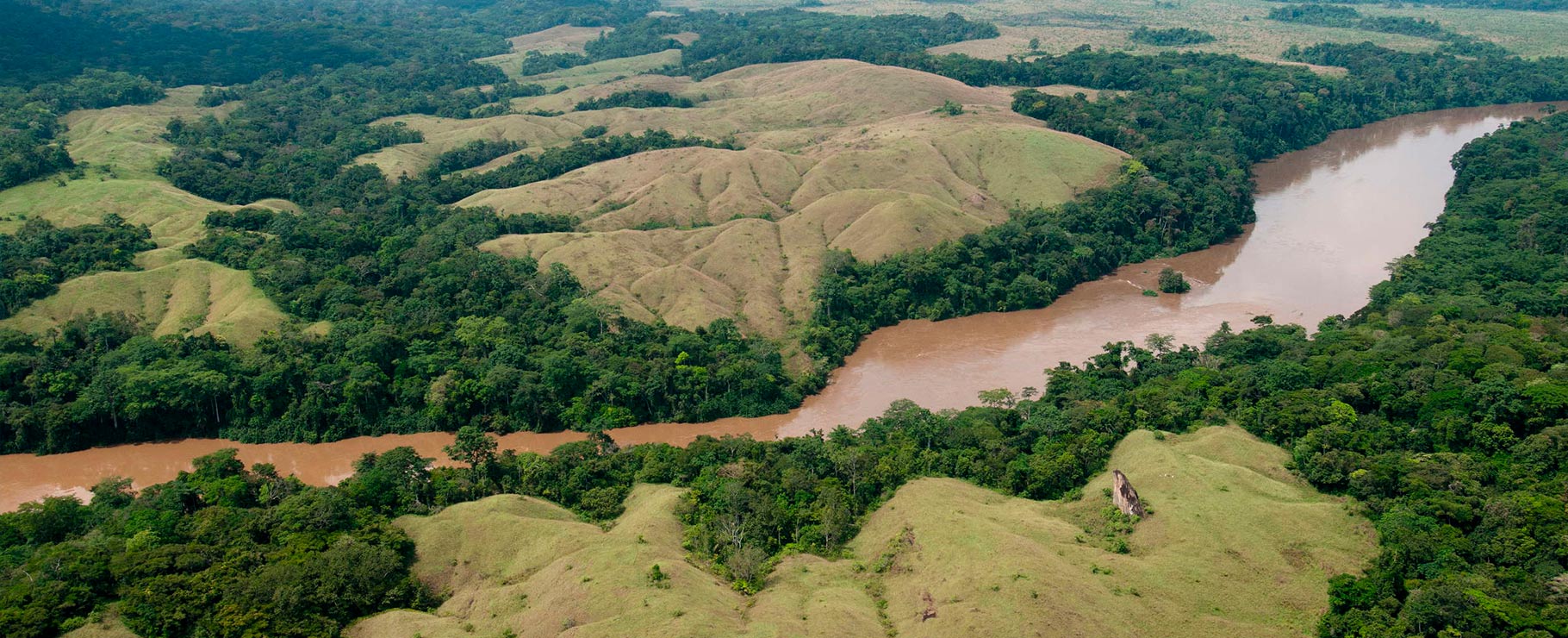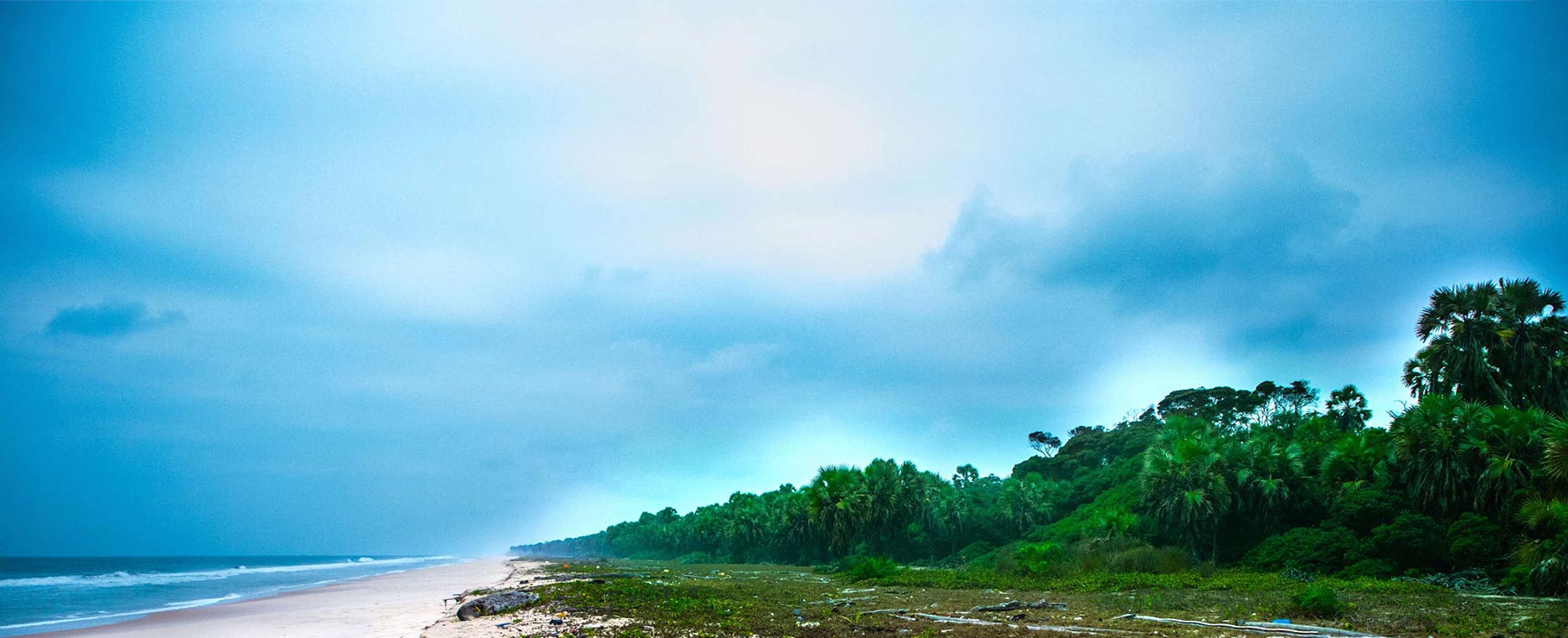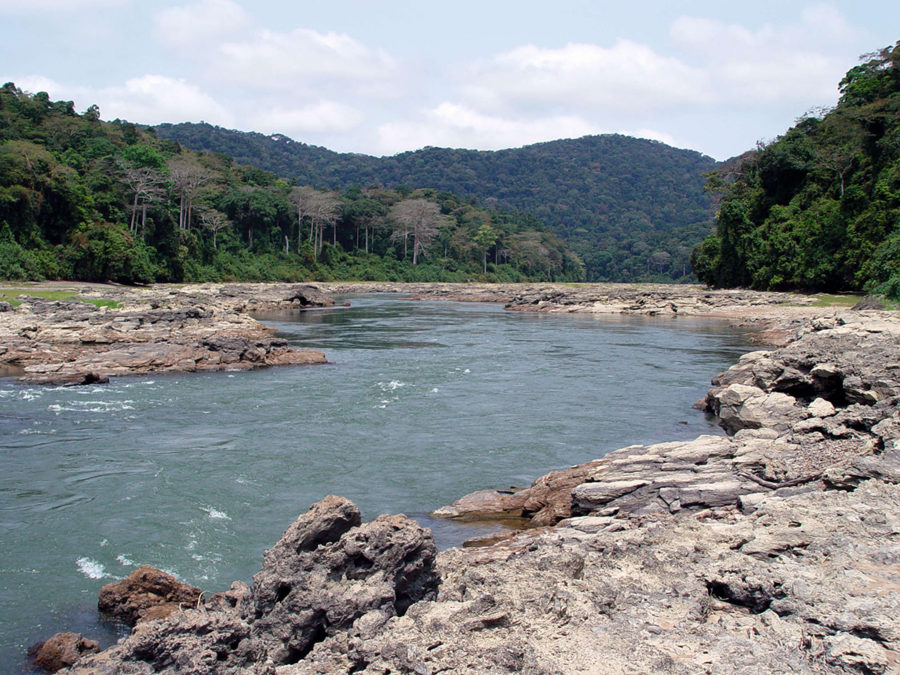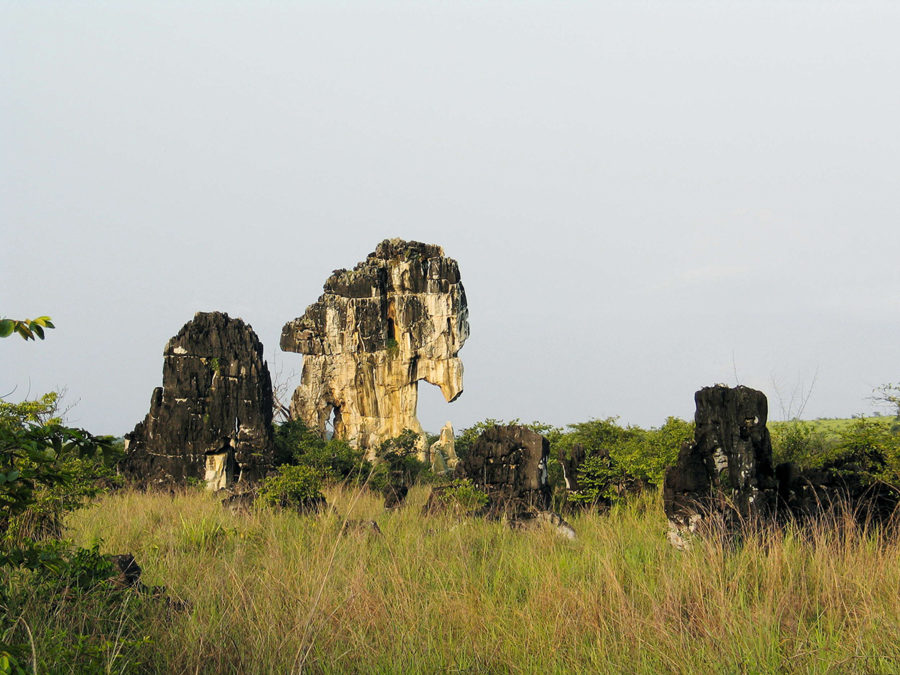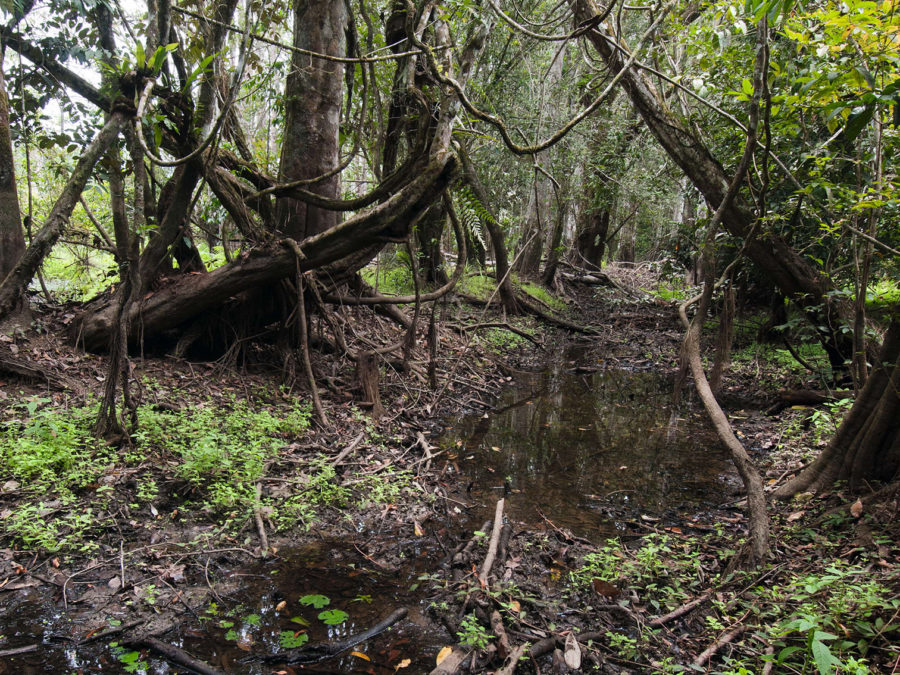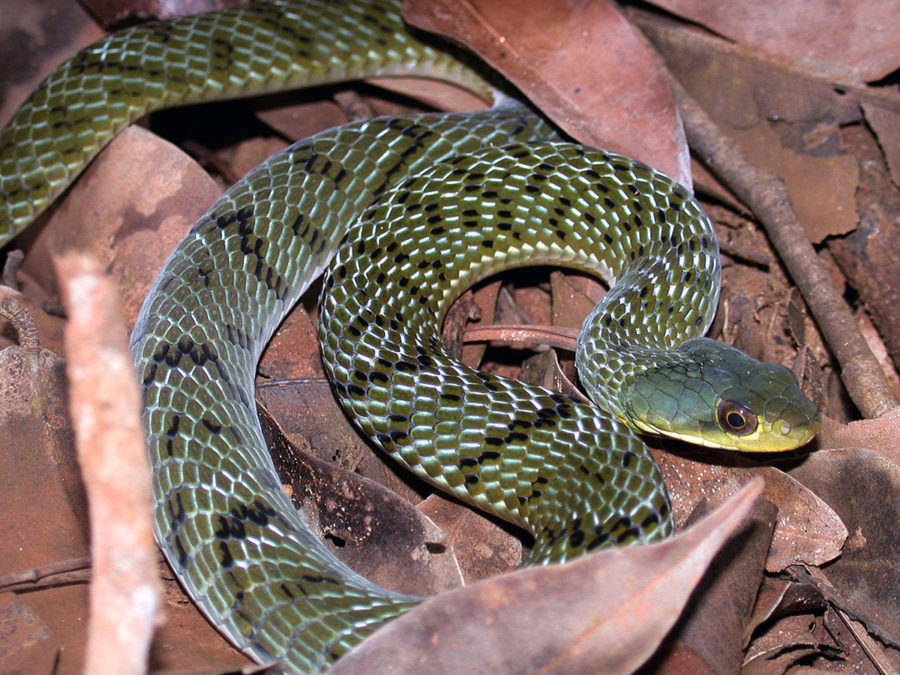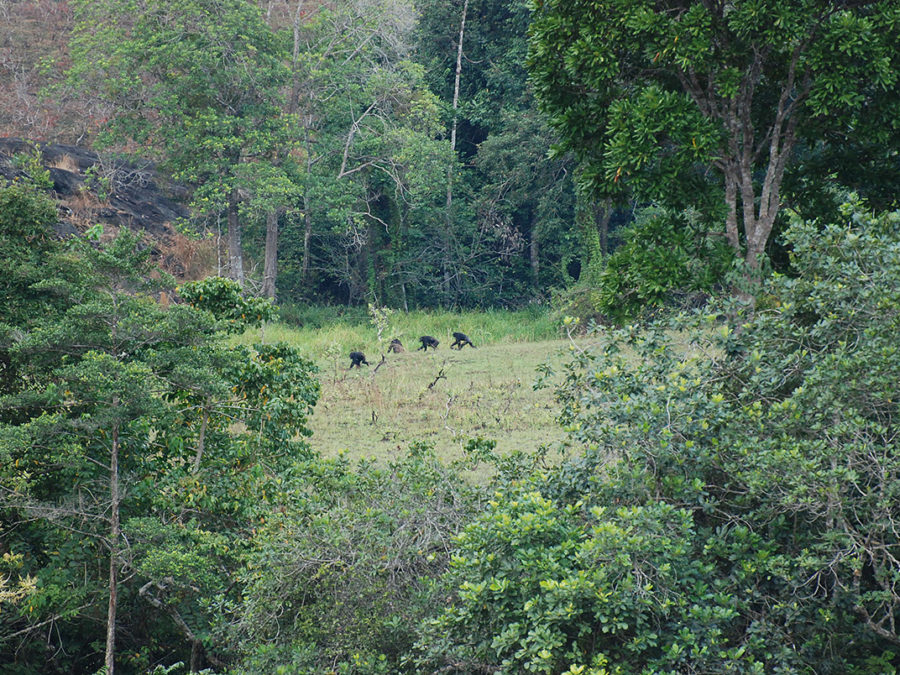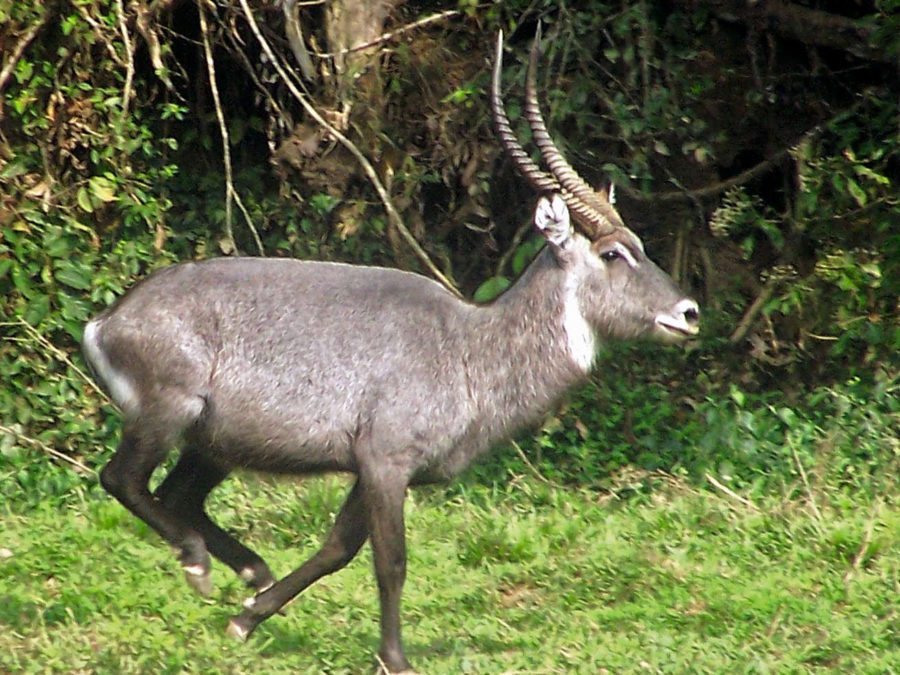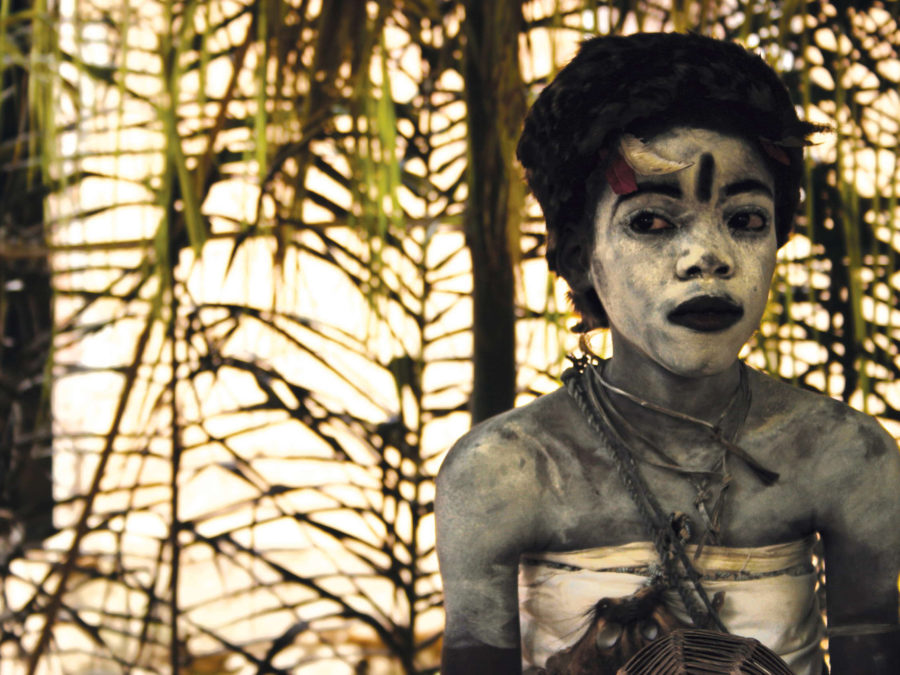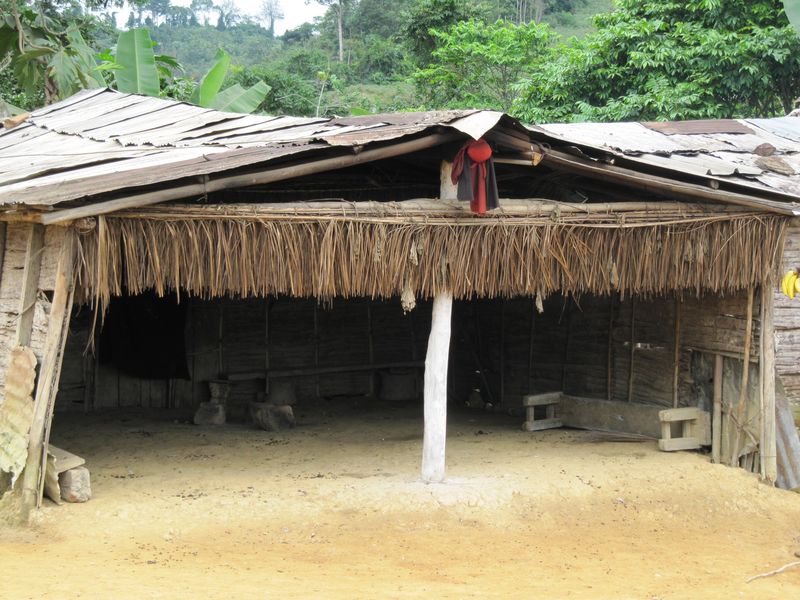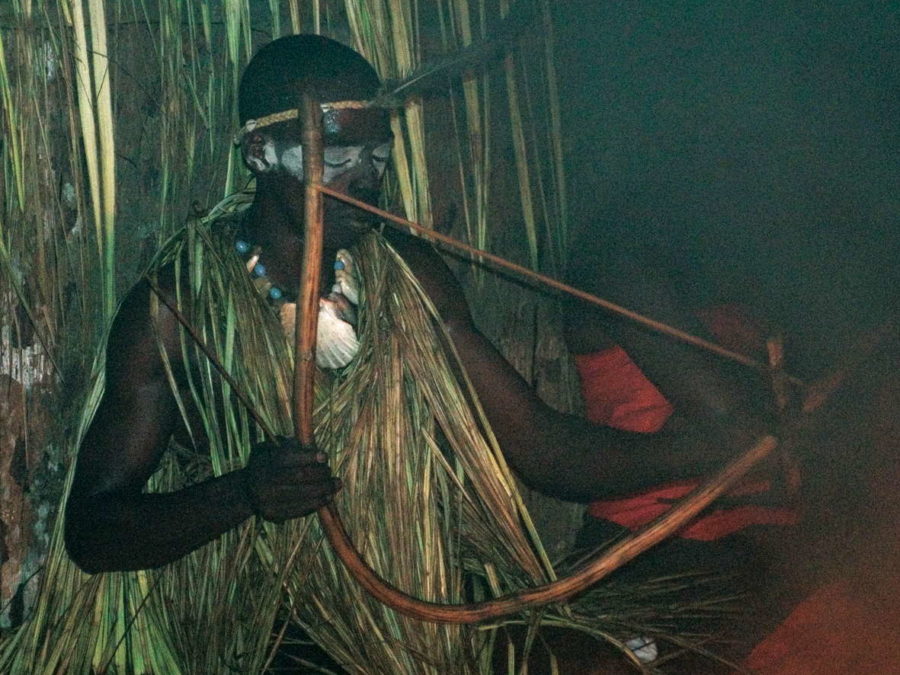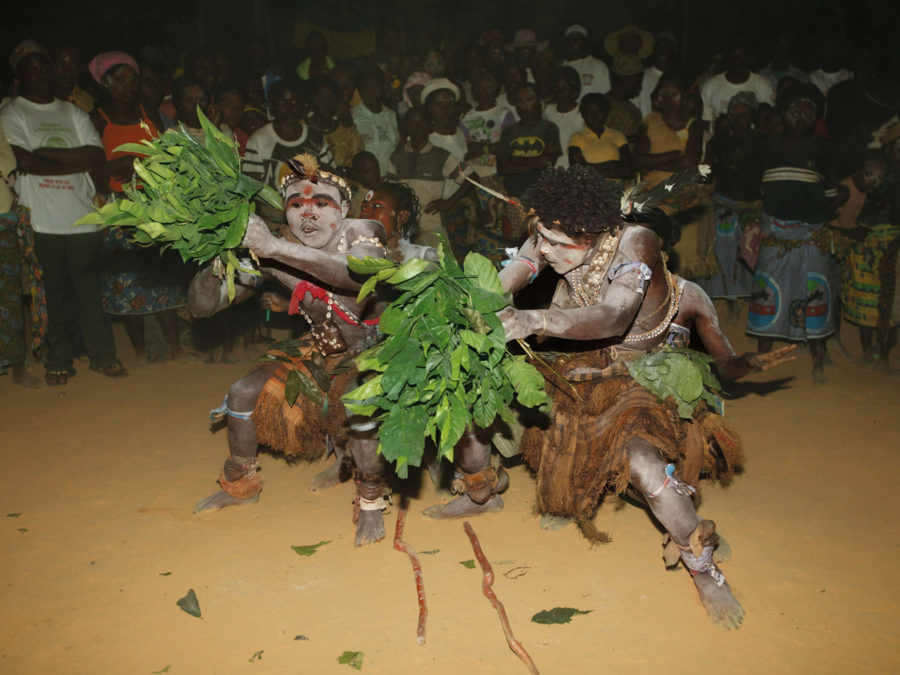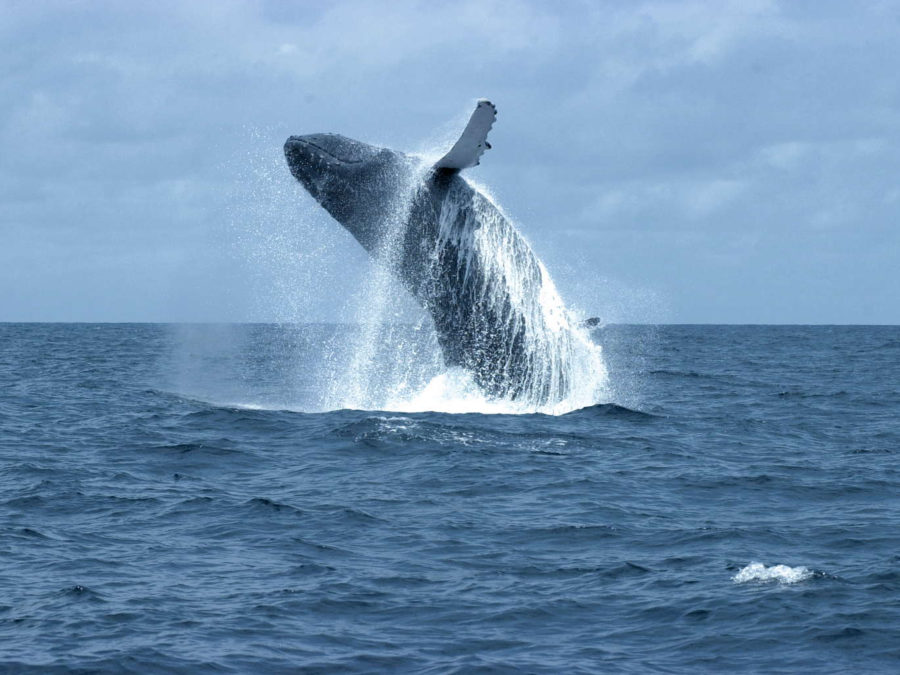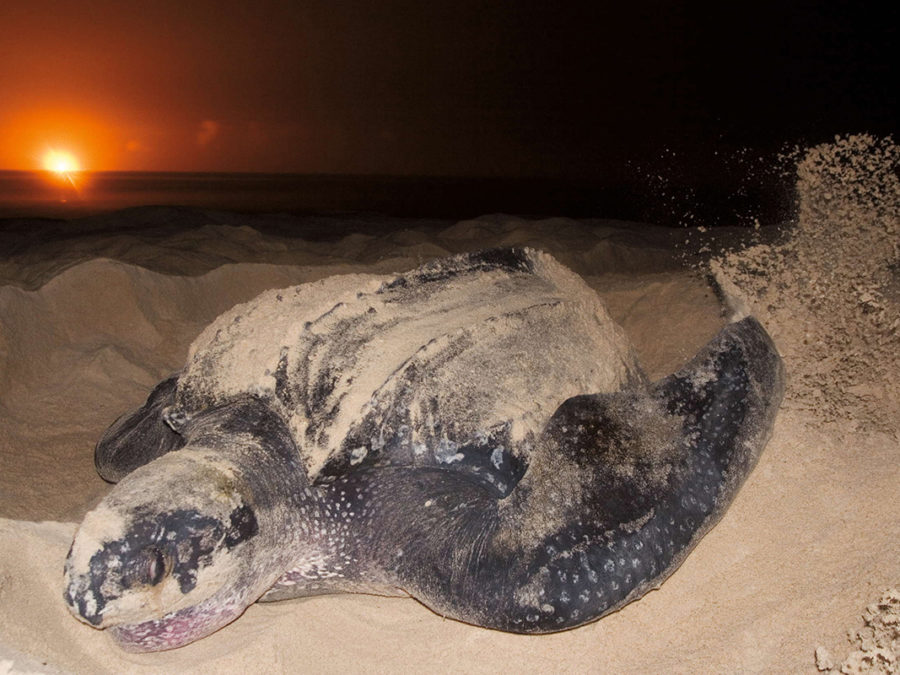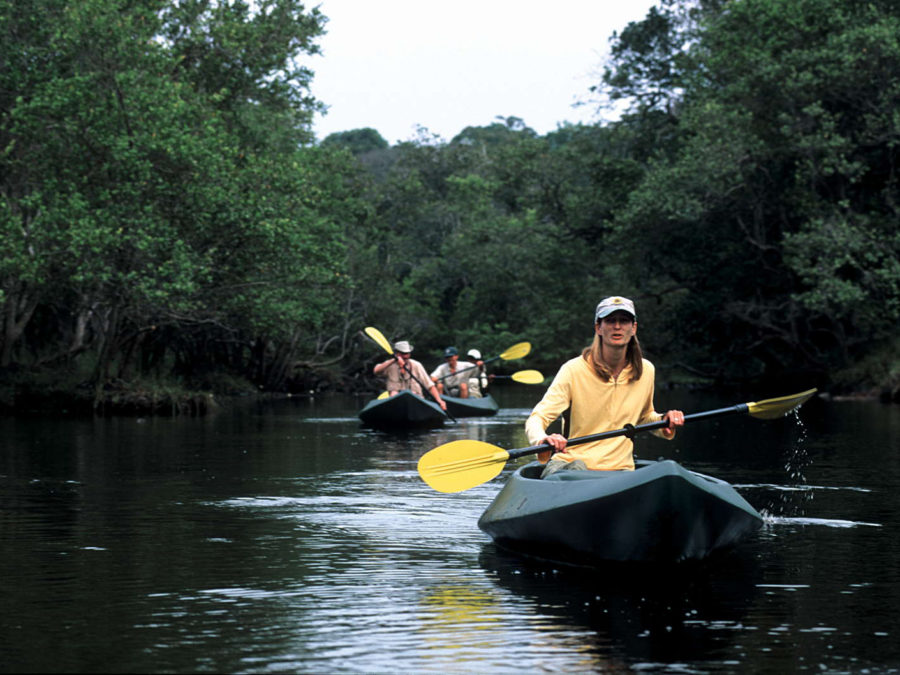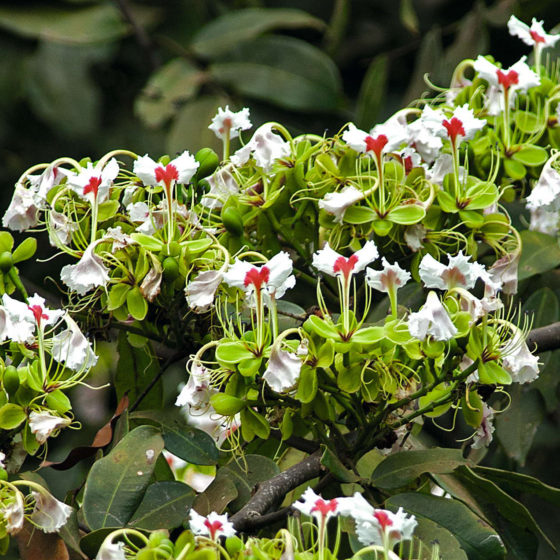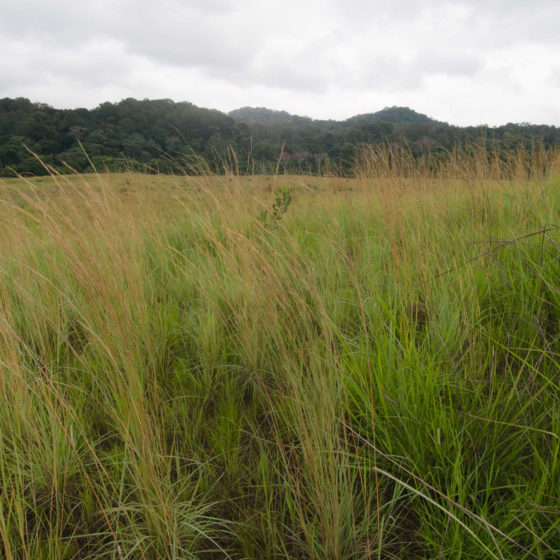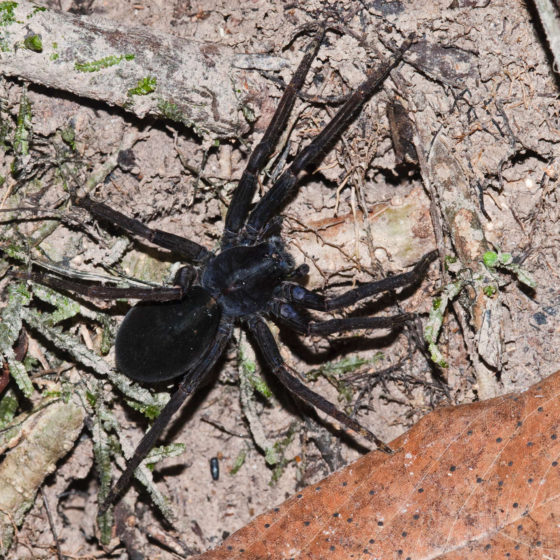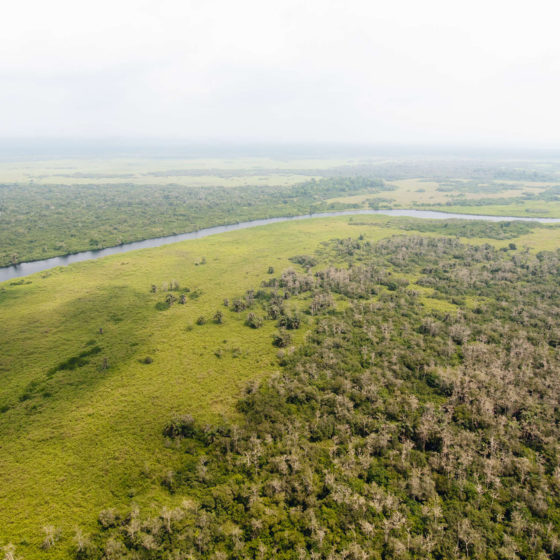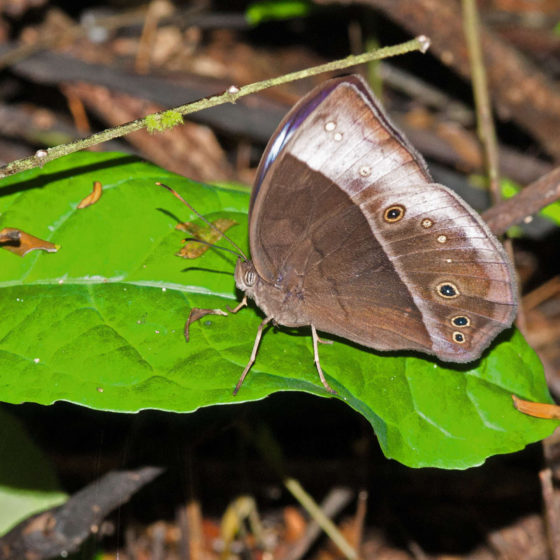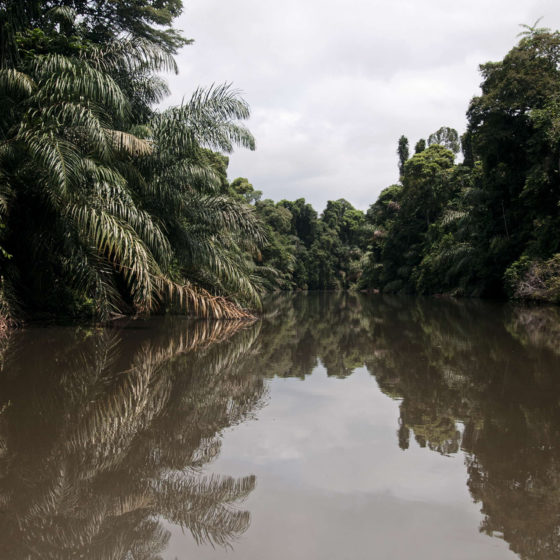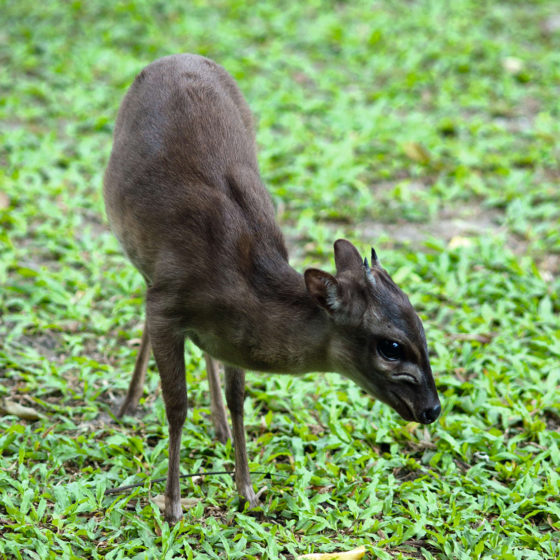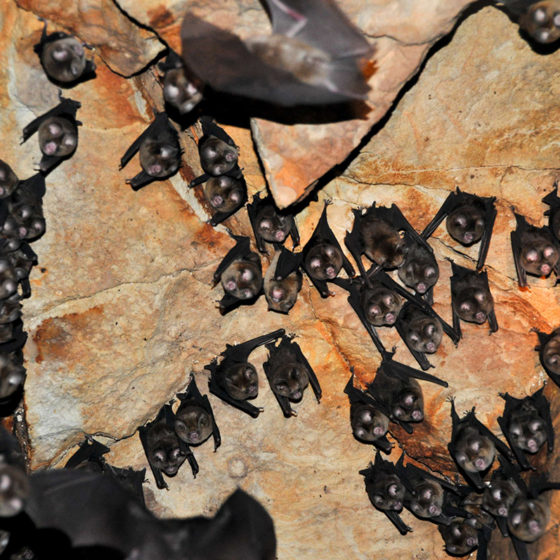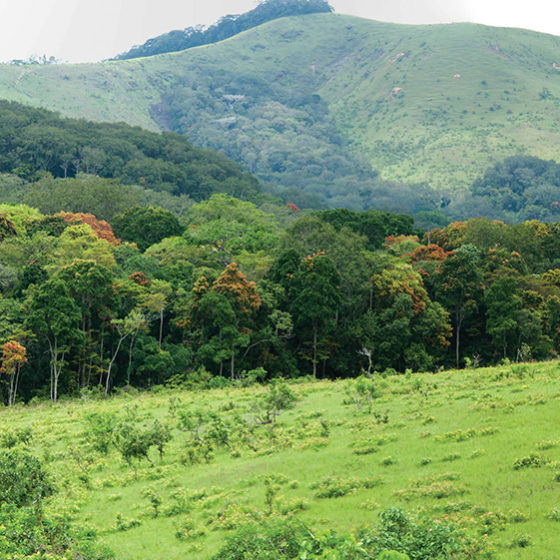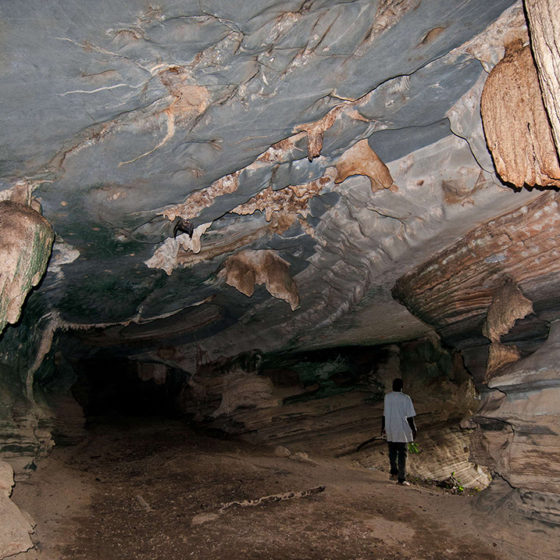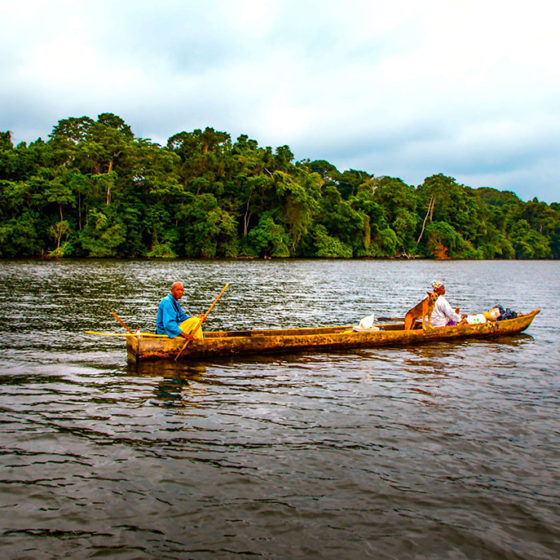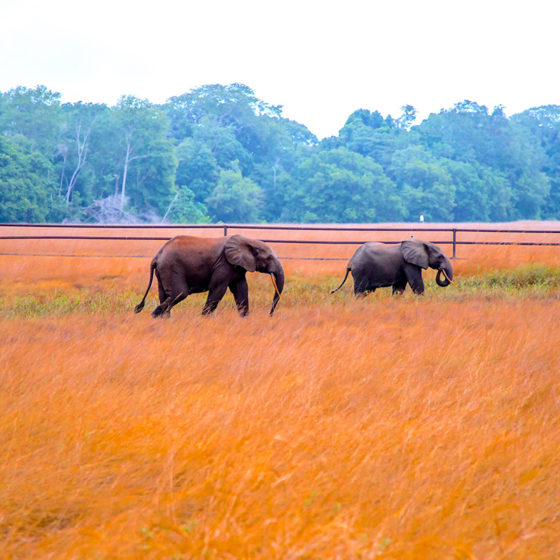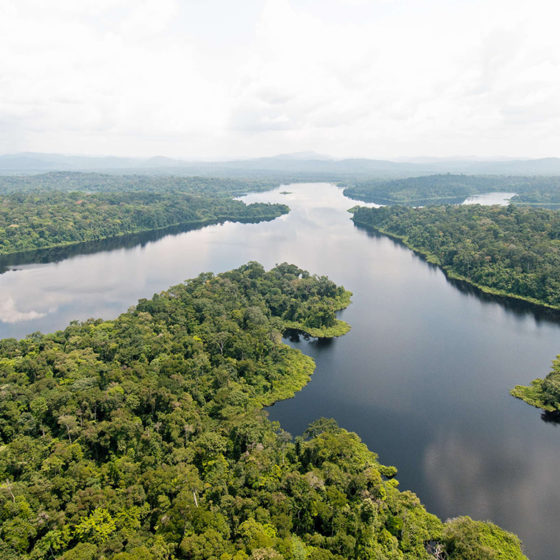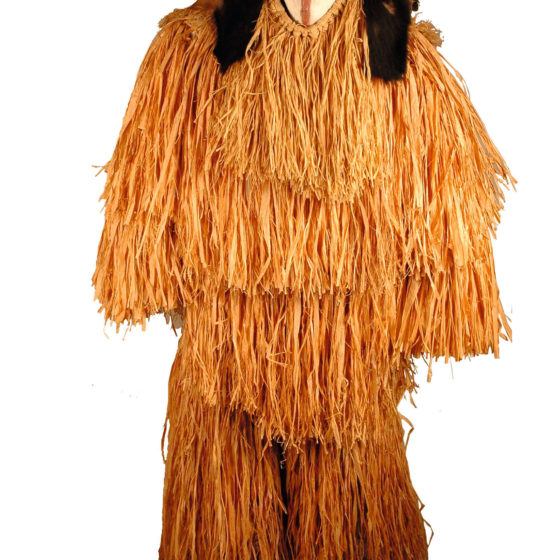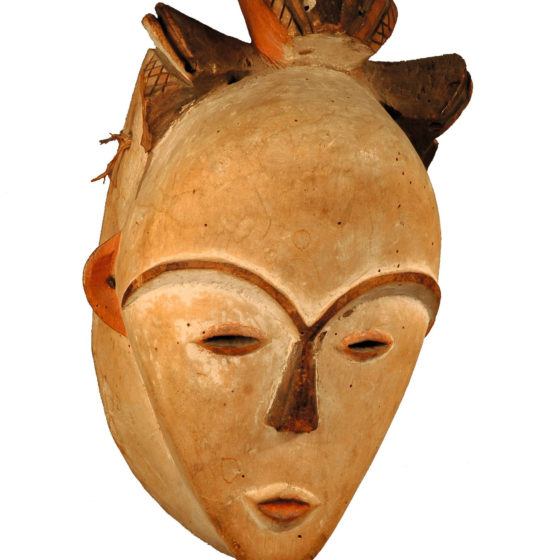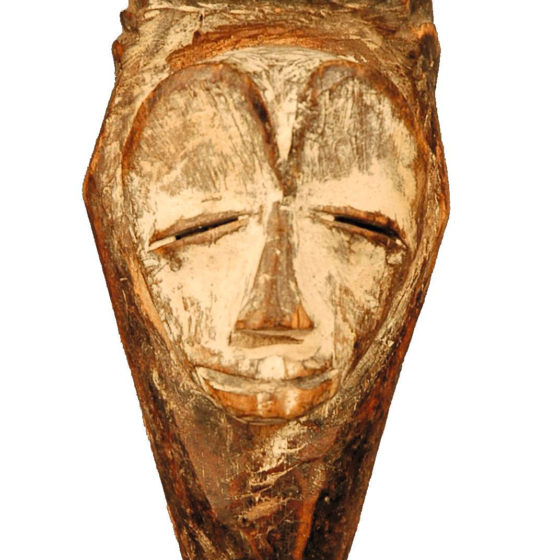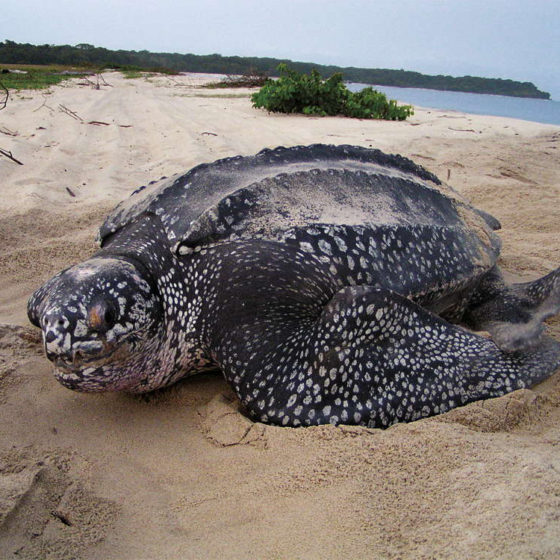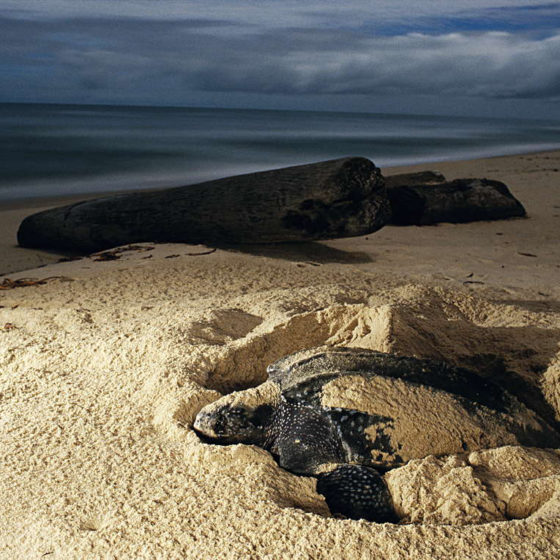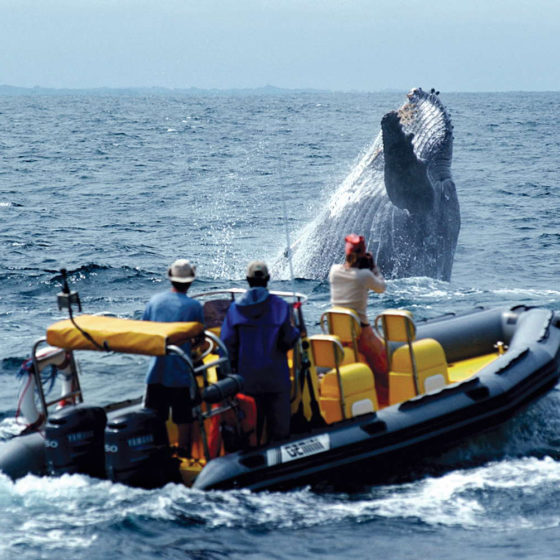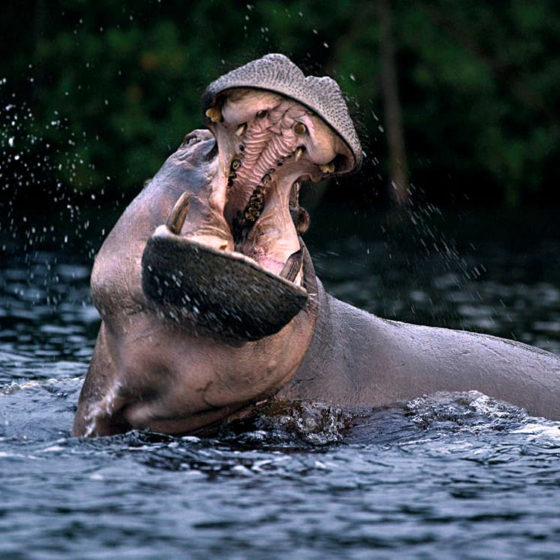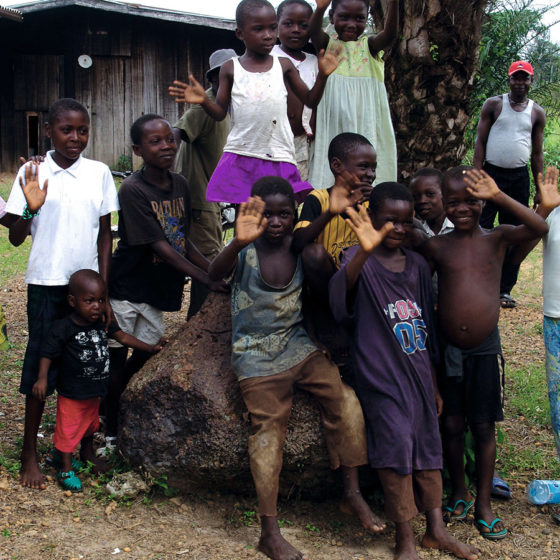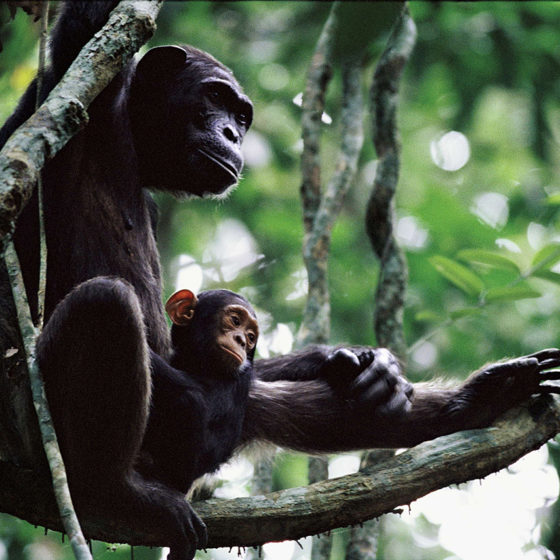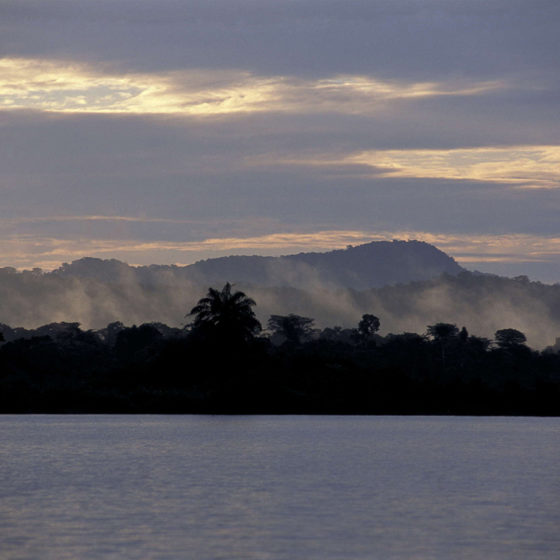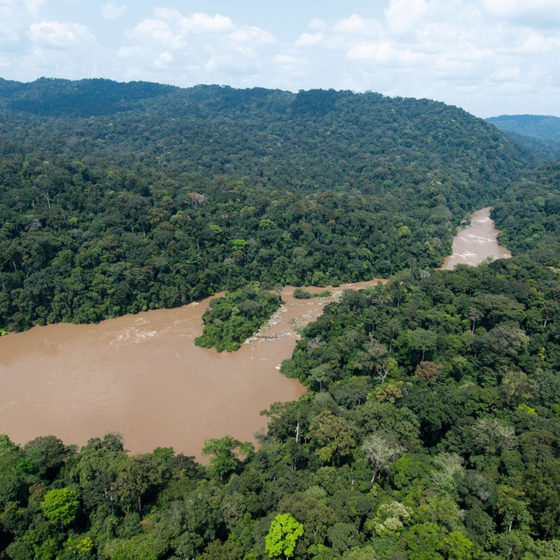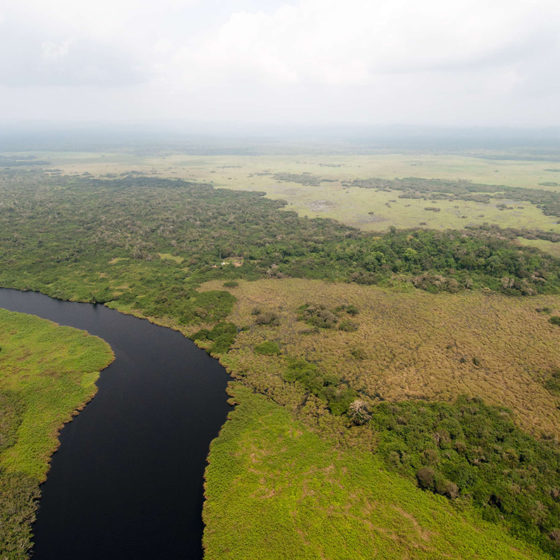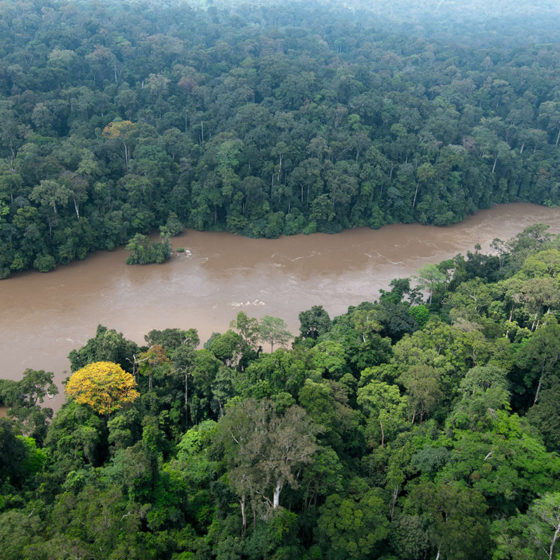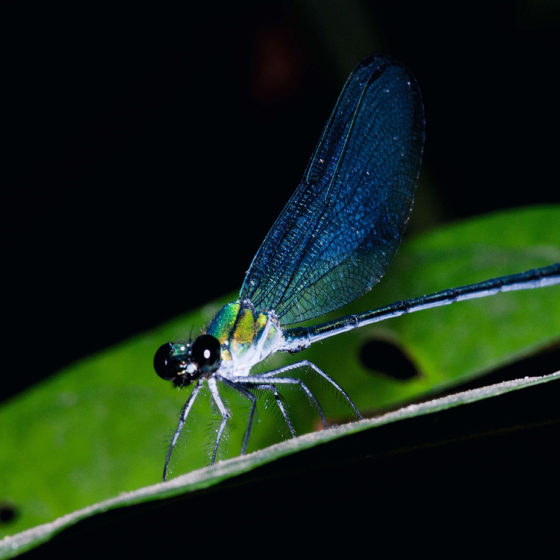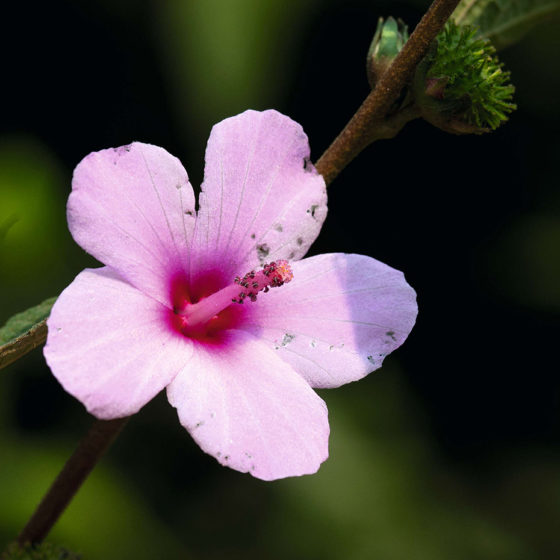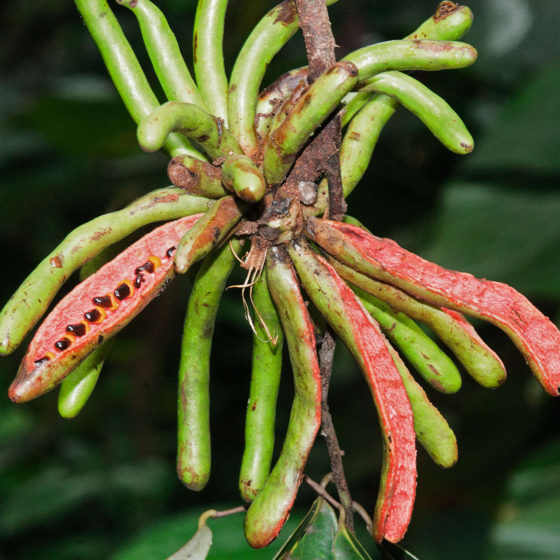NYANGA PROVINCE
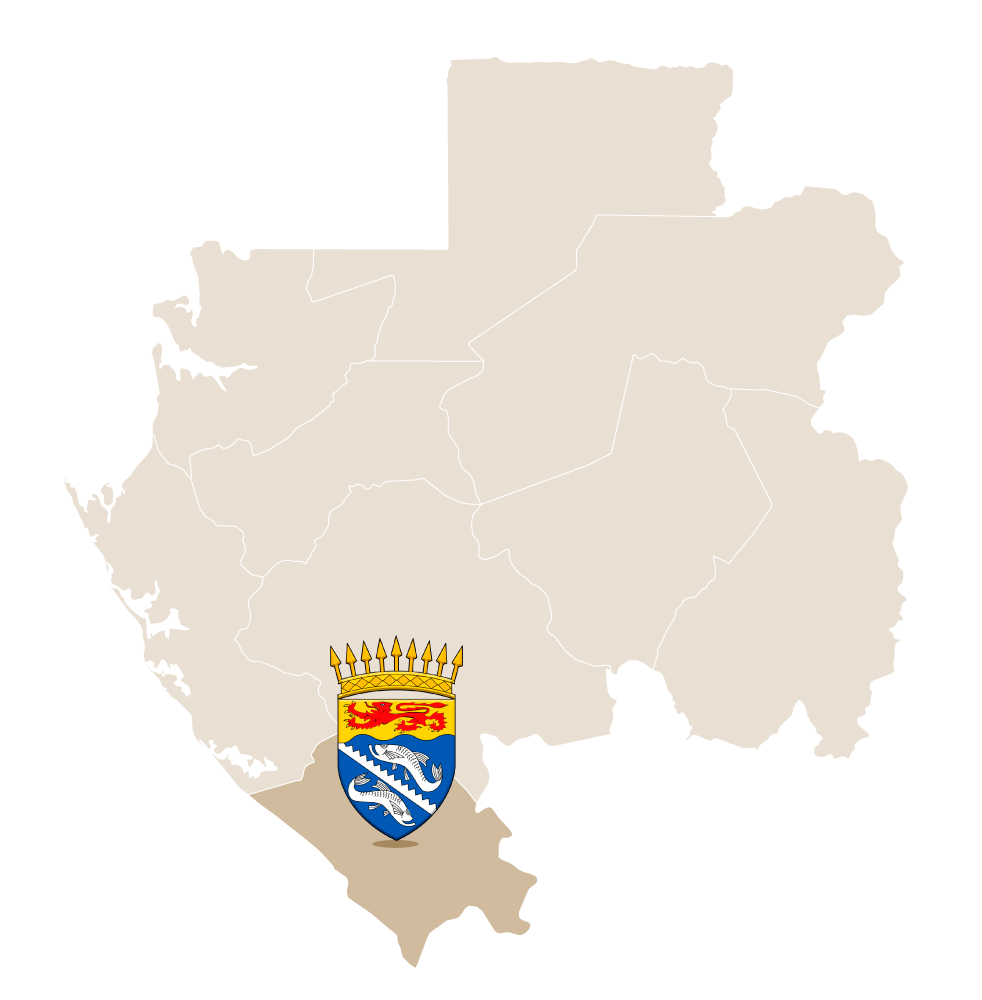
DICOVER OUR 9 PROVINCES
Nyanga Province has very important natural resources that make the basement a treasure. It contains marble, iron,diamonds, oil…
The forest is also a source of great wealth with rare and endemic species unique for Gabon.
History and Culture
The history of the settlement of Nyanga overlaps with that of Ogooué-Maritime as first migrations from the Kingdom of the Congo, especially Vili, Varama, Lumbou and Punu have all passed through the province. The Vili settled around Mayumba and the Varama boarded in the North to Mandji until in Ngounie. The second group scattered in Tchibanga until Mouila.
The arrival of the Europeans on the coast has been accompanied by the opening of many factories. At the beginning of the twentieth century, Mayumba represented a strategic point for the trading of rubber and ivory with the subcontractors from Congo Brazzaville edge. We can remember a few important dates in the history of the province of Nyanga :
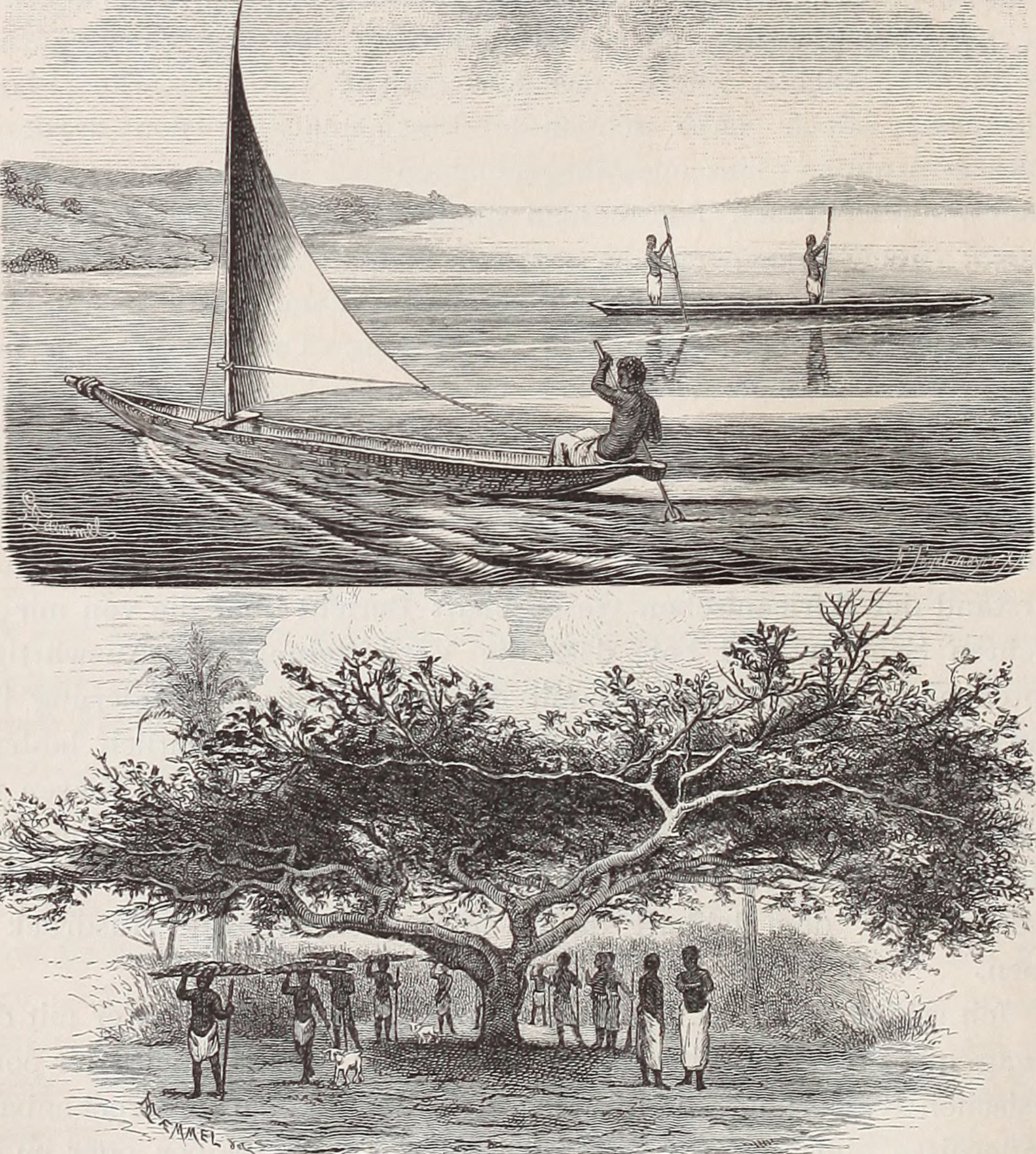
– 1888: installation of the Catholic mission of Mayumba;
–1900: arrival of Loango (formerPointe Noire) of Mr André Delicat, Catechist, sent by Monseigneur Carrie, Bishop ofLoango;
–1901: arrival of traders such as gentlemen Thoman from Sudanese nationality, Ali from Senegalese origin and Morsio from Portuguese nationality;
–1902: installation of a House ofcommerce known as SOFIA (French industrial society of Africa);
-1904: opening of the colonial post by administrators known as Antonet and Dumonnaie.
Watch the video of Nyanga
The Geography
Nyanga : 7th province of Gabon
With an area of 21 285 km2, Nyanga province covers 7.95% of the national territory. It is in terms of area, the 7th province of Gabon. The province takes its name from the river Nyanga.
Nyanga province is limited to the North by the Ngounie province, North-West by Ogooué-Maritime, on the West by the Atlantic Ocean and on the East by the Republic of Congo.The provincial capital is Tchibanga. The populations of Nyanga are called Ninois.
Nyanga province is divided into three distinct parts:
-In the North-East,
a range of steep hills, which spans about50 kilometers wide and 150 kilometres in length. This wooded string matches the Ikoundou massif.
-In the Centre, a vast plateau that stretches from North-West to South-East on an average width of 30 kilometres to finally extend over 100 kilometres on the border of the Congo. This hilly plateau is covered with a shrubby savanna;
-In the West extend marshy savannahs or wet savannahs on thirty kilometers from the sea.
The wildlife
A very rich wildlife
A fauna and a very rich flora, are met in Moukalaba Doudou national park (buffaloes, antelopes, red river hogs, elephants,monkeys and gorillas).
The abundance of primates, and apes in this region could make this area one of the best sites in Africa to observe the gorillas of rainforest. Moukalaba-Doudou national park is known by scientists for having the highest densities of primates in Gabon. The forests that have been exploited are abundant and have succulent Marantaceae, one of the main sources of food for the gorillas as well as for elephants and other species. It is also a remarkable area for bird lovers. It is the only Park in Gabon where you can observe the elegant Antelope known as the Fassa Cobe.
Special features
The initiation rites
The province was full of several rites, dances and ceremonies that were his wealth. Nowadays, with the disappearance of all the holders of traditional knowledge, the different cultural practices tend to disappear. There are still:
-The initiatory Bwiti rite practiced both by men and women;
– Mboyo, initiatory vili- dance reserved only for men usage, while women confined themselves to the animation;
-The dance Nkouanga, open to non initiated and often practiced in withdrawal of mourning;
-Tchilombe, the Niembi and Mabanza are exclusively for women;
– Tchoucombi, initiatory rite that prepares young pubescent girls for wedding life.
Tourism in Nyanga
Marine mammals watching
The interest for tourism in this region is from October to March where it is possible to see in a single night many leather- back turtles come to lay their egges on the beaches. The observation of marine mammals is quite easy.
DO NOT MISS OUT
The tourist attractions of this region lies in the fact that from October to March, it is possible to see in a single night of many leatherback turtles come to lay on the beaches. The observation of marine mammals is also very easy.
